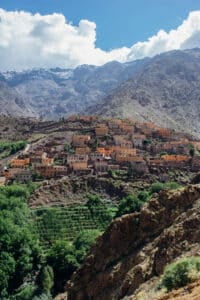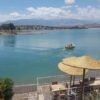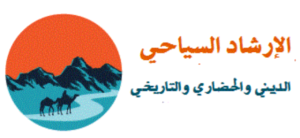The Asni Valley is a picturesque region located in the High Atlas Mountains of Morocco
Not far from Marrakech. It is a popular destination for travelers seeking stunning landscapes, traditional Berber villages, and a glimpse into the local mountain culture.
Asni is a small town situated in the valley, serving as a gateway to the surrounding areas. The valley is known for its lush greenery, terraced fields, and fruit orchards that thrive in the fertile soil. The views of the snow-capped peaks of the Atlas Mountains in the distance add to the valley’s natural beauty.
One of the highlights of the Asni Valley is the opportunity to explore the traditional Berber villages scattered throughout the region. These villages provide an authentic glimpse into the Berber way of life, with their distinctive architecture, terracotta houses, and friendly locals. Visitors can interact with the villagers, learn about their customs, and witness traditional crafts and activities.
The valley offers opportunities for hiking and trekking, allowing visitors to immerse themselves in the stunning natural surroundings. There are various trails that take you through picturesque landscapes, including mountains, valleys, and riverbeds. As you hike, you may encounter local wildlife and enjoy breathtaking views of the surrounding mountains.
The weekly market in Asni is another attraction worth experiencing. Every Saturday, locals from the surrounding villages gather to sell their goods, including fresh produce, handicrafts, textiles, and livestock. It’s a bustling and vibrant market where you can observe the local trading culture and perhaps purchase some unique souvenirs.
Asni Valley provides a peaceful and scenic escape from the bustling city of Marrakech, offering a chance to appreciate the tranquility of the mountains and engage with the local culture. Whether you’re interested in hiking, exploring Berber villages, or simply enjoying the natural beauty, the Asni Valley has much to offer visitors.






